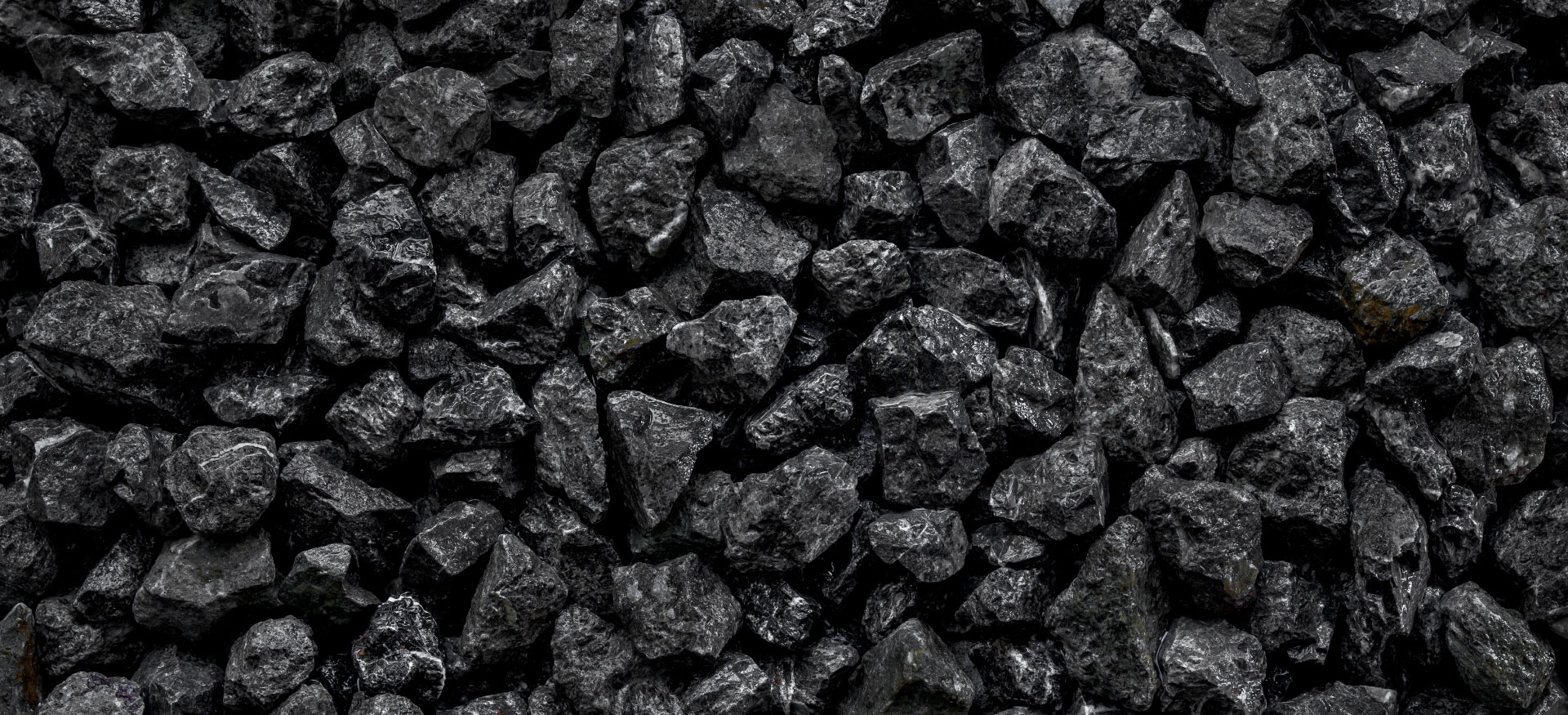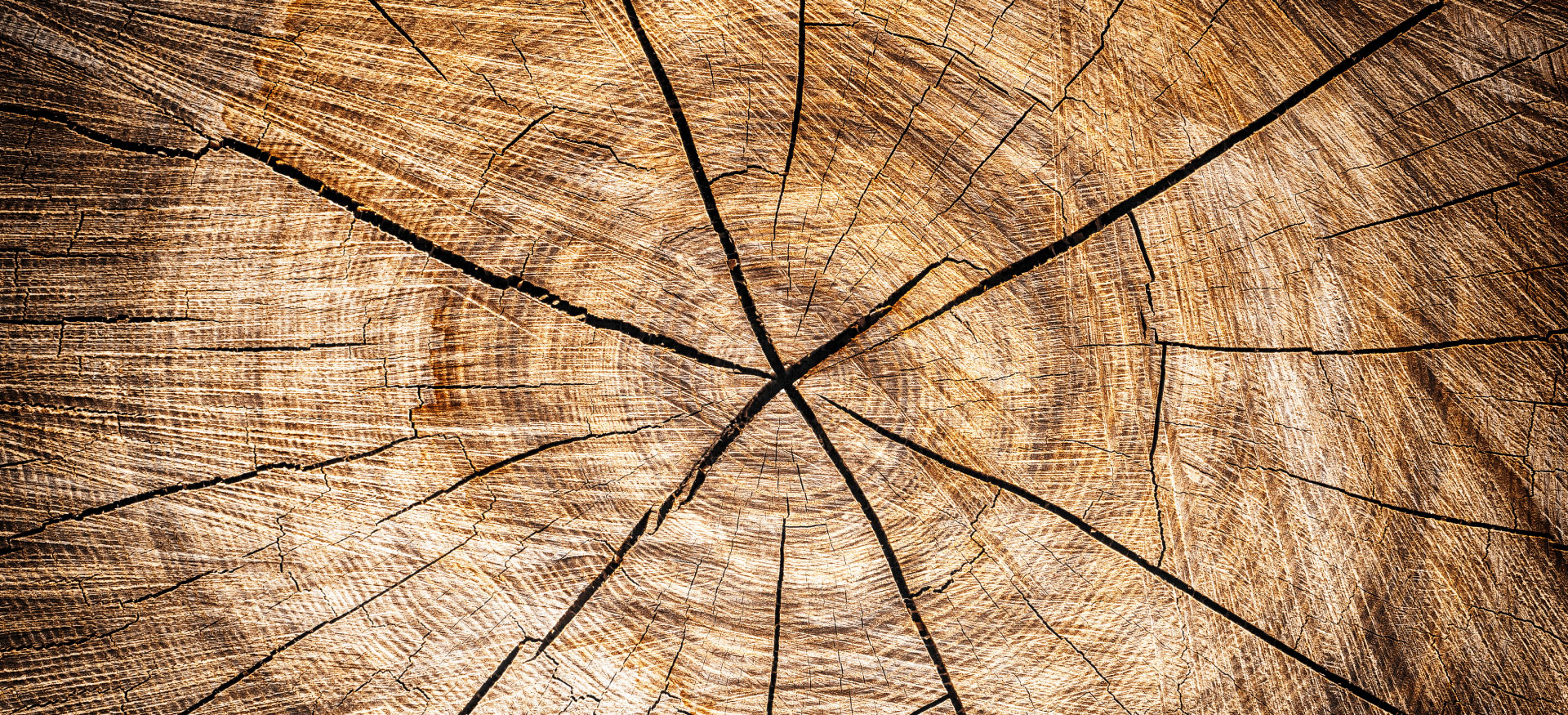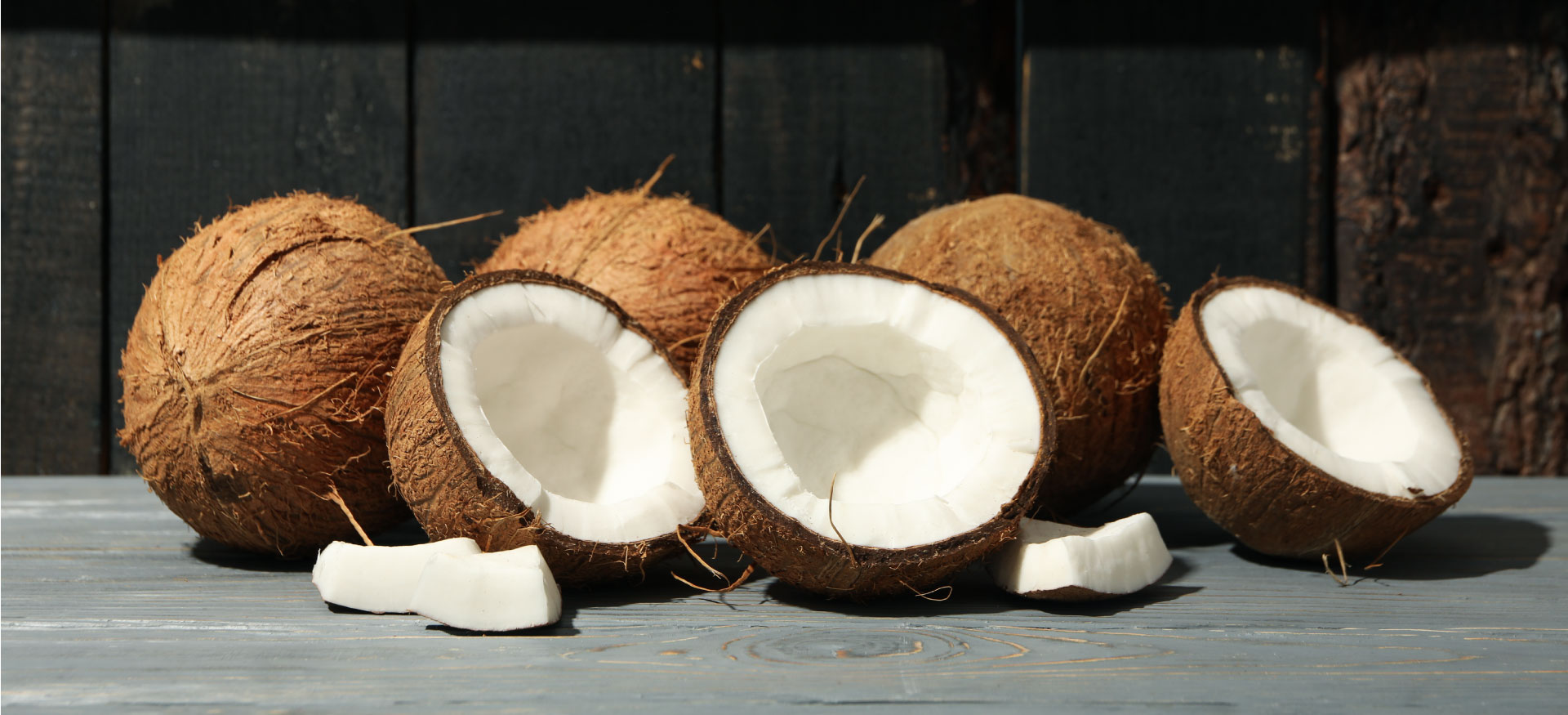
About Water Filtration
Water filtration is the process of removing or reducing the concentration of particles, including suspended particles, parasites, bacteria, algae, viruses and fungi, and other undesirable chemical and biological pollutants in the polluted water to produce safe and clean water.
The ability of activated carbon filters to remove contaminants, odors and unpleasant tastes from tap water. But how do they work, do you need one?
Carbon block filters employ the use of activated carbon, which generally comes in three variations:
• Coal-based activated carbon
• Wood-based activated carbon
• Coconut-based activated carbon
Although coal-based activated carbon is an earlier form of the technology, coconut shell-based carbon has become a reliable and efficient choice.
Coal Activated Carbon Filtration

Coal is convenient for carbon filtration because it is readily activated and has high availability. There are three types of coal that can be used for filtration: anthracite, bituminous or lignite. Of these, bituminous coal is the ideal choice due to its higher microporosity, its resistance to impact, its strength and the ease with which it is regenerated. It is often referred to as “black coal” and contains the same substance used in asphalt.
Characteristic:
- Requires mining
In order for bituminous coal to be extracted, it must be mined from the earth.Coal mining is often harmful to the environment, and bituminous coal is particularly dangerous for miners due to the explosive gases it releases.
- Affects taste
Bituminous coal can leave water with a certain taste, which is the result of releasing byproducts into the water.
- Contains unhealthy chemicals that can release into water
Though coal is still a safe option for carbon block filtration, it does have certain chemicals that leach into water, which affect taste and make for a slightly less filtered end product.
- Has larger pores than other types of activated carbon
The pores in bituminous coal are much larger than those in other carbon blocks, making them less able to strain out smaller particulates.
Wood-Based Carbon Filtration

The filtration method provided by wood is different from coal. Wood-based carbons have different types of porosity, mainly composed of mesopores and macropores, resulting in a lower density. Since activated carbon comes from wood, it is also a renewable resource and does not need to be mined. The difficulty with this renewable resource is that it takes decades for trees to reach mature, which means that activated carbon depends on this waiting period.
Characteristic:
- Good for removing certain contaminants
Wood activated carbon is a good for removing certain flavors, odors or colors from their water. Its large pore size makes it particularly suited for these abilities.
- Renewable, but not always easily available
The amount of time it takes trees to mature, so each piece of wood can represent several decades of time investment. However, this type of resource is replenishable and has a low carbon impact.
- Its pore size makes it unable to filter out many contaminants
Because wood-based activated carbon is mainly composed of meso-pores and macro-pores, it is unable to remove many finer contaminants. This makes it less ideal for those looking for higher-grade filtration.
Coconut Shell Activated Carbon Filtration

Coconut shell represents one of the latest and most promising options for activated carbon block filters. The density of micro-pores in coconut is much higher than in other forms of activated carbon, which means it has more surface area and greater general porosity. In contrast, it contains 50% more micro-pores than bituminous coal. This allows the coconut to better adsorb volatile organic chemicals, which are difficult to remove from water.
Characteristic:
- Renewable
Coconuts grow in tropical climates and can be preserved for many years. This allows them to continuously produce carbon, whereas a tree by itself cannot produce more than one supply of wood in its lifetime.
- Growth throughout the year
Coconuts can be harvested three to four times throughout the year, allowing for steady retrieval of carbon sources.
- A green source of carbon
Think of trees as stored carbon. They take carbon dioxide from the atmosphere and store the carbon, producing oxygen in the process. By nurturing coconut trees and continuously using their shells for carbon blocks, that stored carbon is staying in solid form — not burning away into the atmosphere.
- High porosity
Additionally, coconut shell activated carbon has a high density of micro-pores, allowing for the best filtering of contaminants.
- Have a tight structure
Another benefit of the micro porosity of coconut shell carbon is that it creates high mechanical strength in the carbon. This means increased hardness and good resistance to wear.
- Create cleaner water
The most notable benefit is that coconut shell activated carbon creates the cleanest water of any activated carbon. This is due to its porosity, total pore volume and lack of leaching.
水过滤是去除或降低污染水中颗粒物浓度的过程,这些颗粒物包括悬浮颗粒物,寄生虫,细菌,藻类,病毒和真菌以及其他不良化学和生物污染物,以产生安全,清洁的水。






